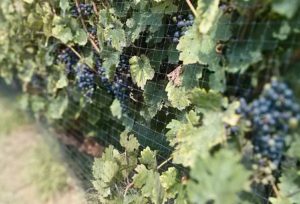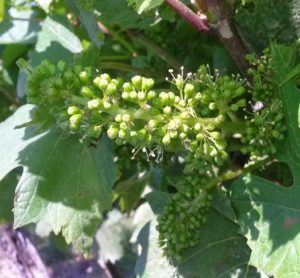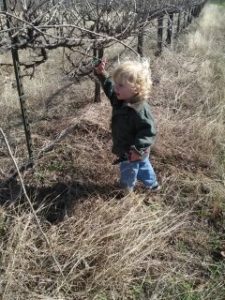Spring Pruning 2023
Spring has sprung!
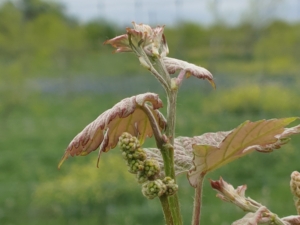
Cabernet Sauvignon
on March 27, 2023
And you know what? It has already been a roller coaster my friends! Eeek!
First of all, the grapevines started growing about 2 weeks earlier than is normal. We hit 90 degrees Fahrenheit during the 3rd week of February, so the grapevines took that as their signal to GROW! Bud break began, but the weather was too hot and the grapevines showed evidence of “cupping” from the heat and the warm wind. The leaves were malformed and the vines looked terrible.
After a couple weeks, they outgrew the first missteps, but then we had a freeze nearby on the morning of March 19th. Many of my friends’ vineyards in the area suffered widespread freeze damage. 🙁
But now here we are, already a month of growth in the chardonnay, and the outlook is improving. Please keep your fingers crossed!
This vineyard was planted in 2005 and has produced over 50 tons of grapes since then.

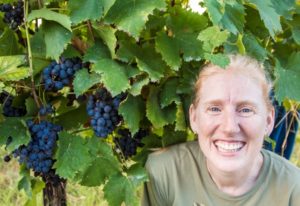 SATURDAY, August 5, 2017
SATURDAY, August 5, 2017